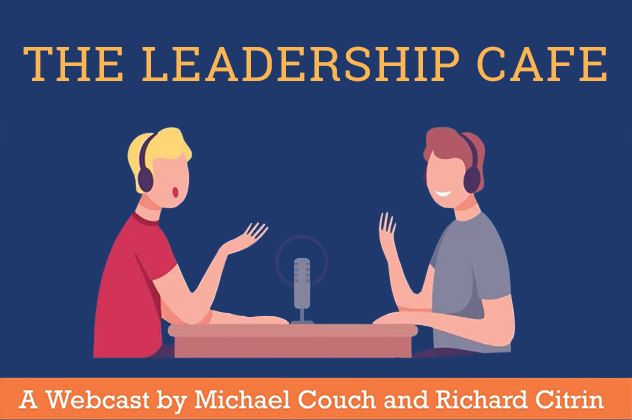My physical therapist lifted my arm and told me to “relax.” I started to chuckle, and when he asked what was so funny, I told him about the time I broke my wrist playing football.
I was quarterbacking our sandlot team, and as I threw a pass across the field, I was tackled and fell awkwardly. When I looked down, my wrist was not in a normal position. I headed home, and when my parents saw my hand, they immediately called an orthopedic surgeon friend who met us at his office. While I was sitting at his treatment table, he told me he could set my wrist in the office, but if not, we’d have to go to the hospital, where he would have to put me under anesthesia.
I was all in, but it was a bit unsettling for a 14-year-old. After numbing my hand, he told me to relax so he could do his thing. Given my state of minor anxiety and my inability to feel my wrist, I didn’t know how to calm that joint. He kept imploring me, “relax, Relax, RELAX, RELAX!!!”
We soon went off to the hospital to get the job done.
We throw around the term “relax” in many different situations. In the workplace when meetings get heated, at home, when our kids get irritated about asking them to put down their devices at dinner, and on the road when our spouse suggests we chill after we scream at another driver who cuts us off on the highway.
The challenge is that most of us never really learned how to relax. Even though it is a natural capability, vigilance usually wins out, and we maintain more tension than ease.
When we do try to relax, we might take a deep breath and let it out. Then we might take another breath, but that typically does not create a sense of ease. Maybe someone suggests thinking about a nice warm beach or a delightful carefree childhood memory.
These may work for the moment but do not create a climate of calm that we can call on to help us counterbalance the rush, haste, and stress we experience every day.
Much like the stress reaction is built into our sympathetic nervous system, we also have a counter capability of relaxation built into our parasympathetic system. We can practice some exercises to help mobilize that part of our nervous system.
The key, however, is to allow yourself to get into the exercise of relaxing. You can’t hurry it, so giving some of these ideas a chance means taking some time in your day to try these out:
- Get outside for a slow walk. Notice the sights and sounds around you and pay attention to the feelings in your body. When I walk, I sometimes notice that my shoulders are tight, and I give myself a little message to let my shoulder droop.
- Music takes us away, so put on your favorite. Dancing is relaxing so feel free to sway or do your best Michael Jackson.
- Play with your pet. Pets understand and give you unconditional love and are nice to touch, which is also important in relaxing.
Now, if that surgeon had only talked to me more calmly and put his hand on my shoulder, I could have told him something that would have helped me relax. “Hey Doc, I completed the pass for a touchdown.” His smile would have broken my trance of tightness
© Richard Citrin 2023
